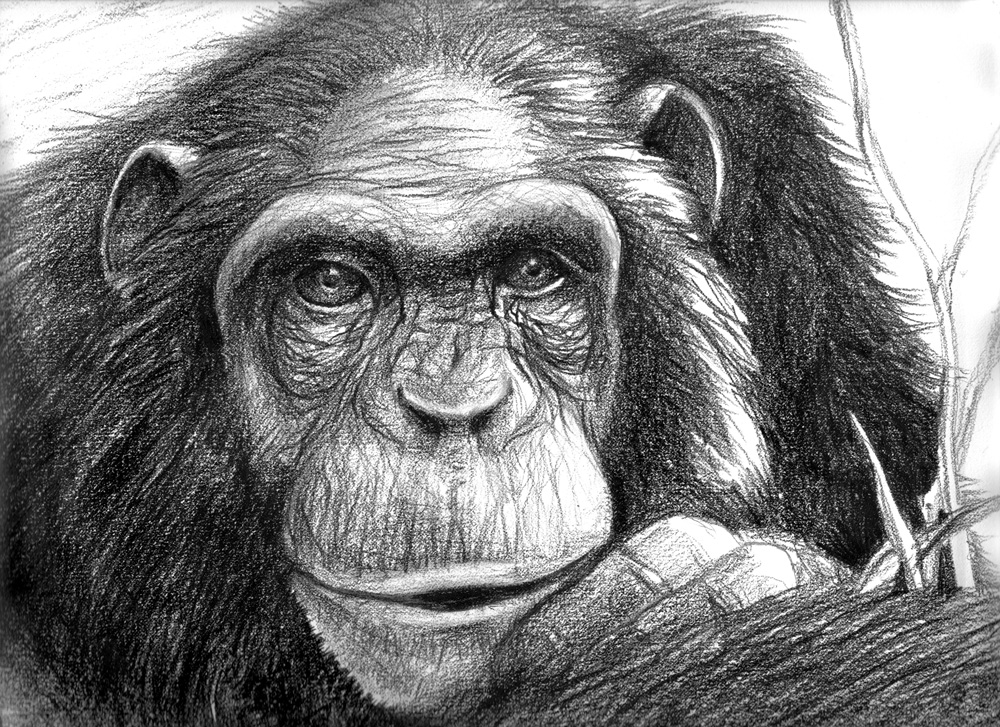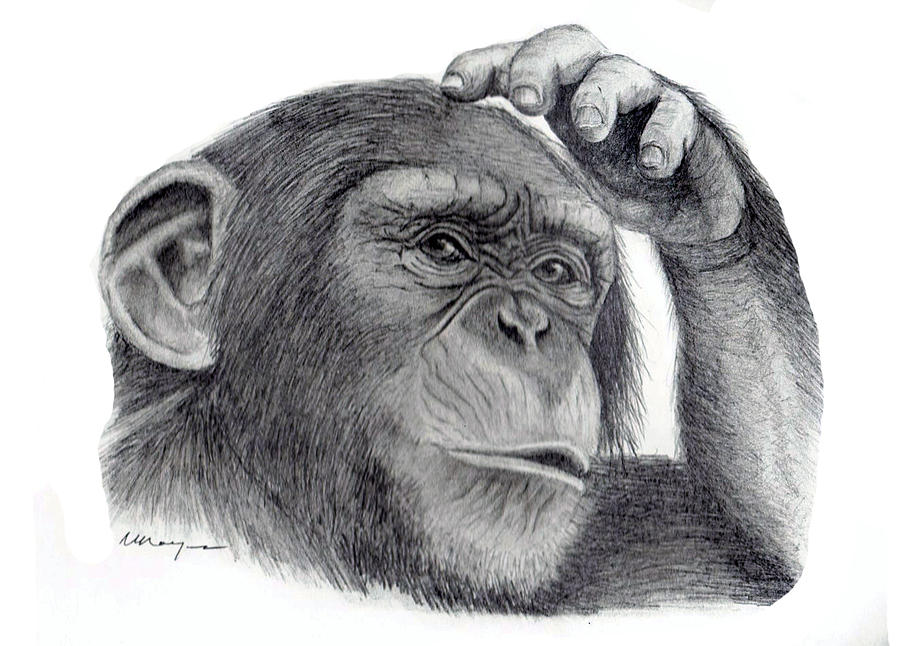
This provides further evidence for a shared statistical inference mechanism in apes and humans.
Our results suggest that chimpanzees have a random sampling assumption that can be overridden under the appropriate circumstances and that they are able to use mental state information to judge whether this is necessary. Drawing of an Eastern chimpanzee (Pan troglodytes schweinfurthii) of the Bili-Ué ré region in Northern DR Congo.Step 3: Step 4: Draw the beginning section of the hands. Step 2: Continue drawing the left side of the head and ears. Step 1: Begin by starting with the top of the head. They engage in apparently altruistic behaviour within groups, but are indifferent to the welfare of unrelated group members. It divides species into nine categories: Not Evaluated, Data Deficient, Least Concern, Near Threatened, Vulnerable, Endangered, Critically Endangered, Extinct.

Find your favorite animal to color now Next drawings. Kids love coloring cats, dogs, horses, dinosaurs, dolphins, ducks, birds, insects such as butterflies, and much more.
CHIMPANZEE DRAWING HOW TO
Lastly, chimpanzees intuitively used a violation of statistical likelihoods as indication for biased sampling. Learn how to draw with JGIs Fernando Turmo, imagery and communications coordinator from the Tchimpounga Chimpanzee Rehabilitation Center in Republic of the. Chimpanzees make tools and use them to acquire foods. Chimpanzee (Animals) We have lots of animals coloring pages ready to be colored. By contrast, when biased experimenters had visual access, subjects ignored statistical information and instead chose based on experimenters’ biases.
CHIMPANZEE DRAWING SERIES
In a series of three experiments, we found that chimpanzees chose based on proportional information alone when they had no information about experimenters’ preferences and (to a lesser extent) when experimenters had biases for certain food types but drew blindly. We tested 21 sanctuary-living chimpanzees in a previously established paradigm that required subjects to infer which of two mixed populations of preferred and non-preferred food items was more likely to lead to a desired outcome for the subject. We investigated whether chimpanzees take into account information about psychological states of experimenters (their biases and visual access) when drawing statistical inferences.

To date, nothing is known about such cross-domain integration in any nonhuman animal, leaving uncertainty about the origins of human statistical abilities. Humans, from early infancy onward, functionally integrate intuitive statistics with other cognitive domains to judge the randomness of an event. Great apes have been shown to be intuitive statisticians: they can use proportional information within a population to make intuitive probability judgments about randomly drawn samples.


 0 kommentar(er)
0 kommentar(er)
